Opening the curtains of young minds can later do wonders for the conservation of critically endangered bird White – bellied Heron. Therefore in an effort to raise awareness and promote conservation efforts among the youth, RSPN staff of White- bellied Heron Conservation team organized an advocacy program to Dasidhing Higher Secondary on 5 th October 2024 upon their request for the visit to the center as part of advocacy program on protection of White- bellied Heron and waste management program.
The day-long program began with a presentation on RSPN role and programs and the White- bellied Heron ecology, the benefits of conserving WBH (ecological, socioeconomic), and means to mitigate the threats to WBH. Students were divided into two groups, they were introduced to captive breeding facilities of WBH and explained about the standard protocol involved in breeding, rearing and feeding WBH. In between the session students and teachers were encouraged strongly to raise questions and doubts, allowing them to voice their thoughts and curiosity about the WBH conservation. Staff members provided explanations and answers enhancing their understanding of the complexities of conservation work.
Later a cleaning program was conducted on a campus as part of waste management advocacy efforts. Both students and teachers actively participated in cleaning the campus premises and segregating waste, promoting environmental awareness and sustainable practices.
The advocacy program successfully met its objectives of raising awareness and fostering a sense of responsibility among students towards environmental conservation.Feedback from the students and teachers indicated that the program was both educational and inspiring. Participation included nature club members of Class IX to XII, forming a well-balanced group. In total there were 13 numbers of female participants and 20 numbers of male participants including the teachers.
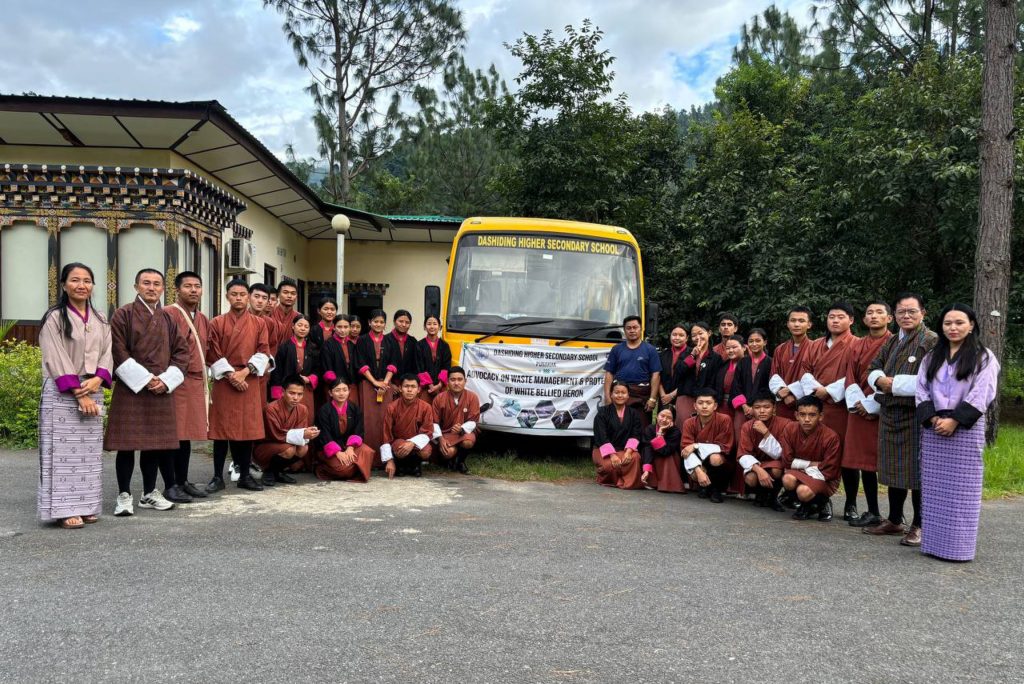
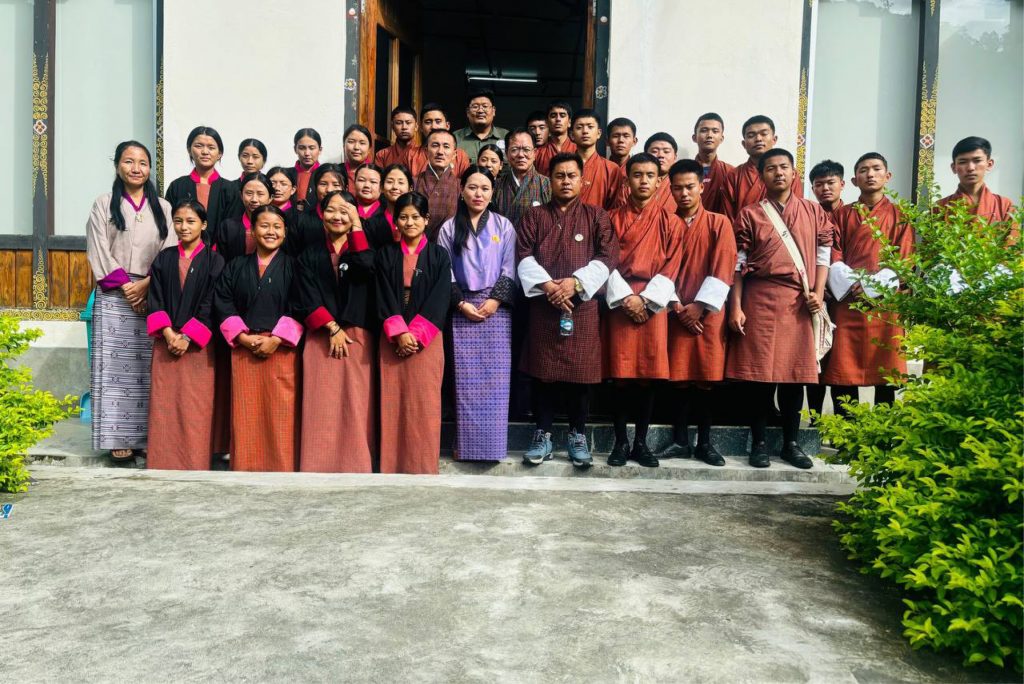
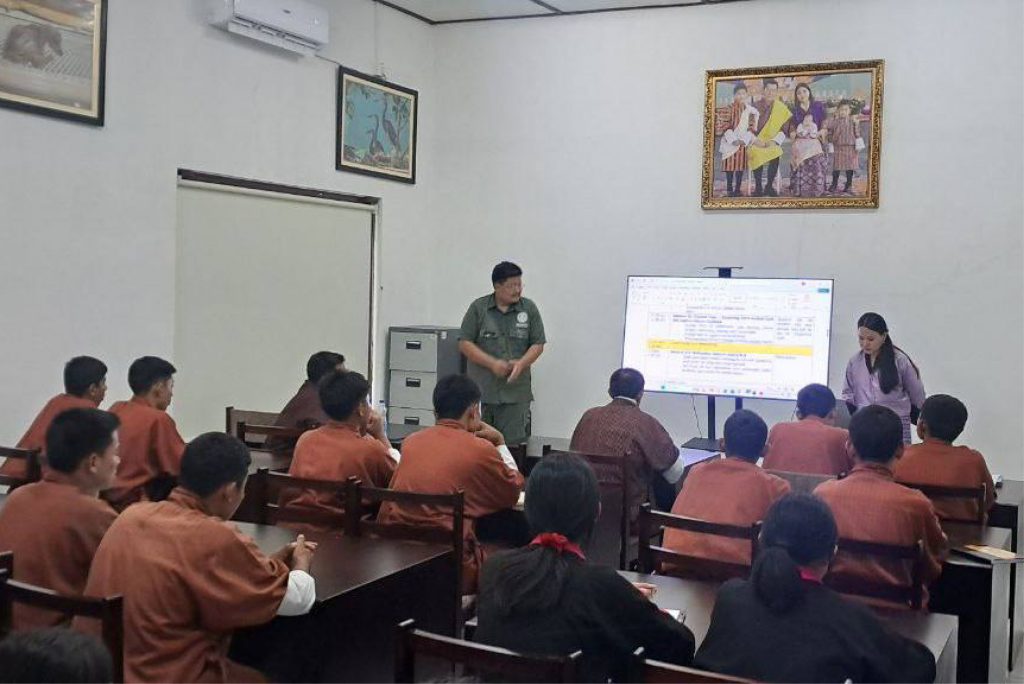
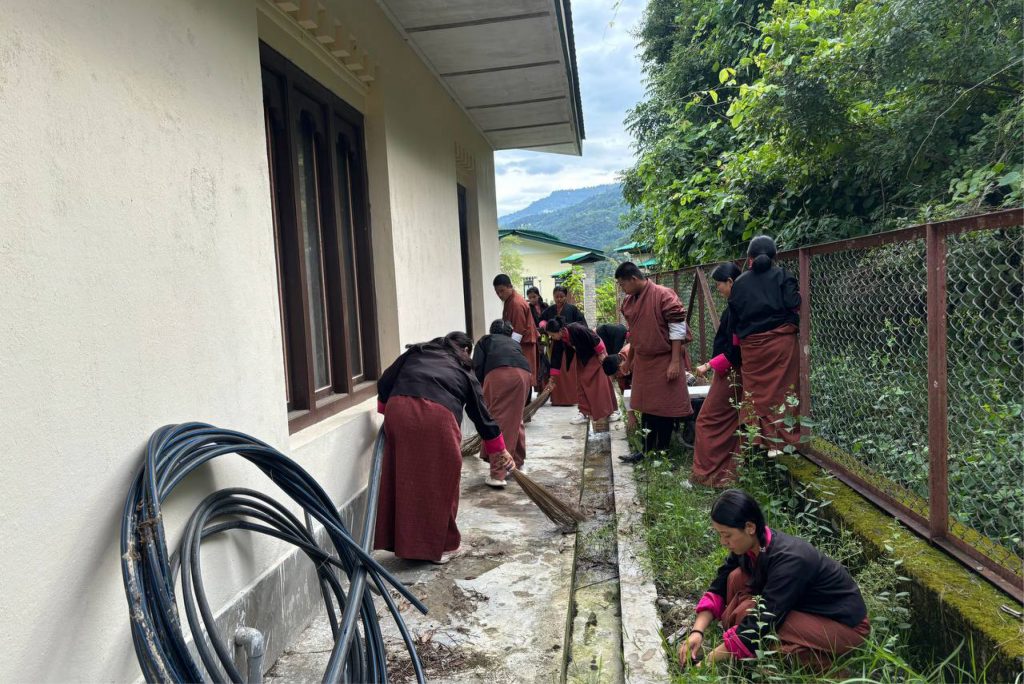
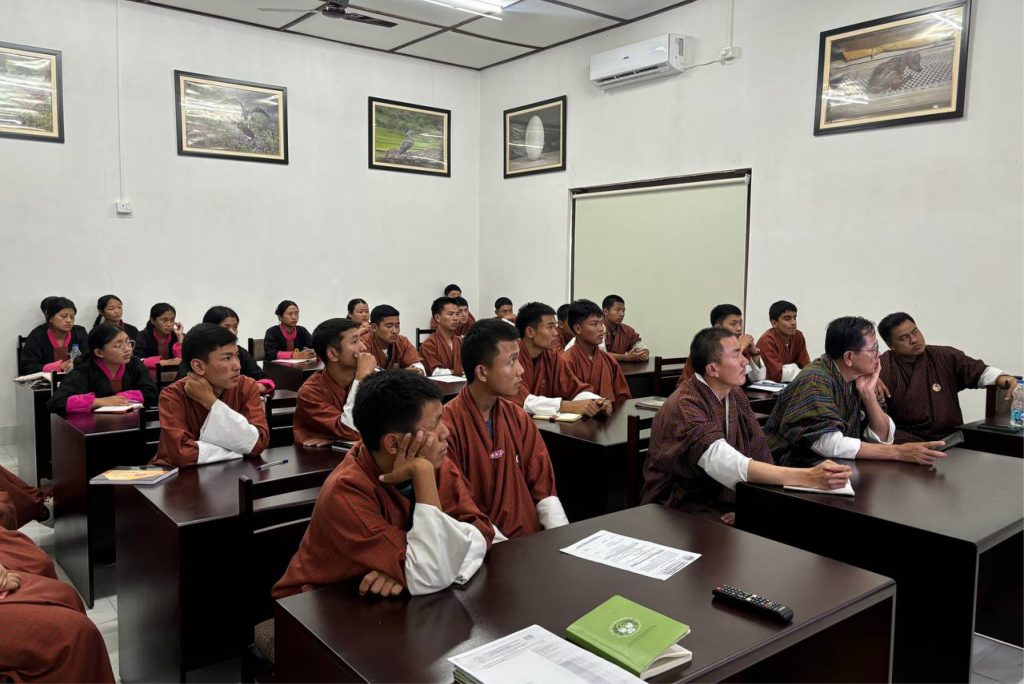
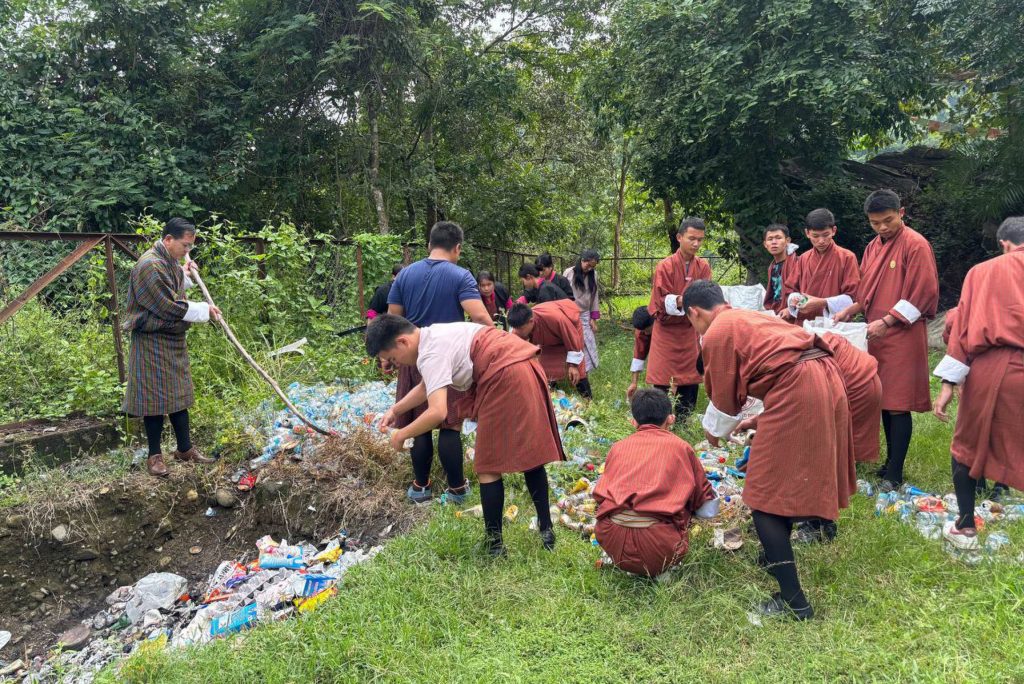
Copyright © 2025 RSPN All Rights Reserved